
Each day, Yuji Agematsu takes a walk for the explicit purpose of scouring the streets. The dried leaf, lost toy, and even the wad of gum discarded on a park bench are his treasures, which he retrieves and places in the clear cellophane that wraps a pack of cigarettes. Although Agematsu no longer smokes, this habit of wandering and collecting has been harder to break: he’s been committed to it since 1996.
Once tucked inside the thin envelope, the artist’s findings become an homage to the beauty of the mundane. He arranges trash and other findings almost like ikebana, using a glass shard or cracked stick to find balance and harmony. Objects others would barely notice are materials that represent the human condition and contemporary concerns. In Agematsu’s eyes, they reveal a whole host of insights about our individual and collective lives.
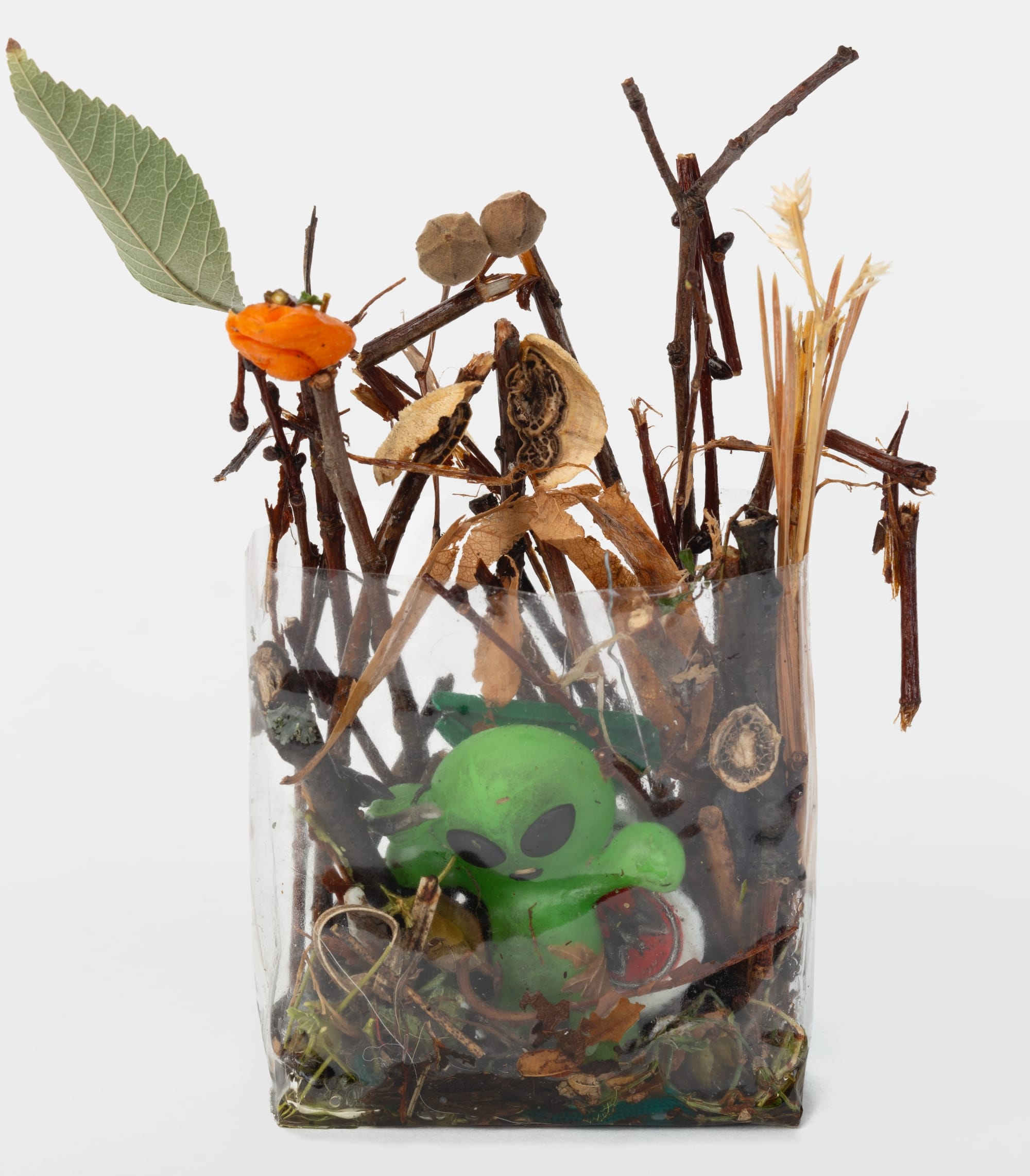
Judd Foundation presents two years’ worth of Agematsu’s sculptures in the aptly titled 2023–2024, an exhibition presented at 101 Spring Street in SoHo and Gavin Brown’s home on Lenox Avenue in Harlem. The Spring Street space is the former home and workspace of Donald Judd, a building Agematsu managed for two decades.
Presented chronologically, each piece is cleverly positioned on a white, aluminum shelf to resemble a monthly calendar. Given the artist’s decades-long dedication, the ongoing project has offered several revelations. As Agematsu told The New York Times earlier this year:
Found objects have more power. We can see so many varieties of how to change the shape and color. Weather makes change. Also human ego. Because of the chewing gum, I notice that laughing chewing gum, angry chewing gum, are all different. We make a different shape from a different mood.
While the “zips,” as the artist refers to them, are small—about 3.5 x 2.5 x 2 inches—they have the ability to capture conditions so much bigger than any one person. For example, a rainy spring day might leave a layer of mud and condensation pooling at the bottom of the plastic, while wrappers for particular kinds of candy might indicate the cultural makeup of a neighborhood.
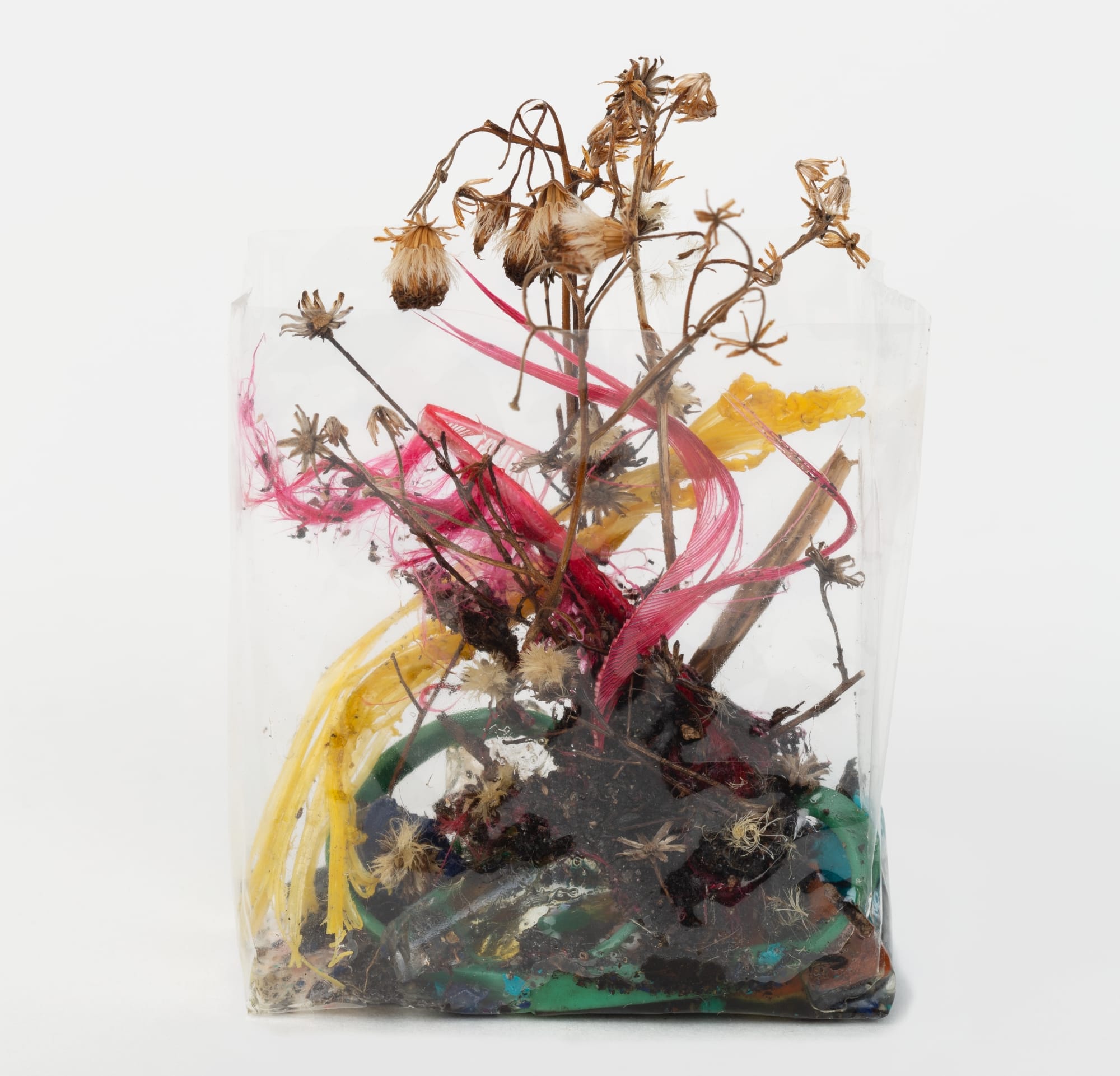
In this way, the pieces are also a visual diary of what humans control and don’t, and how the innumerable forces impacting our lives appear in even the tiniest remnants.
2023-2024 is on view through August 30.
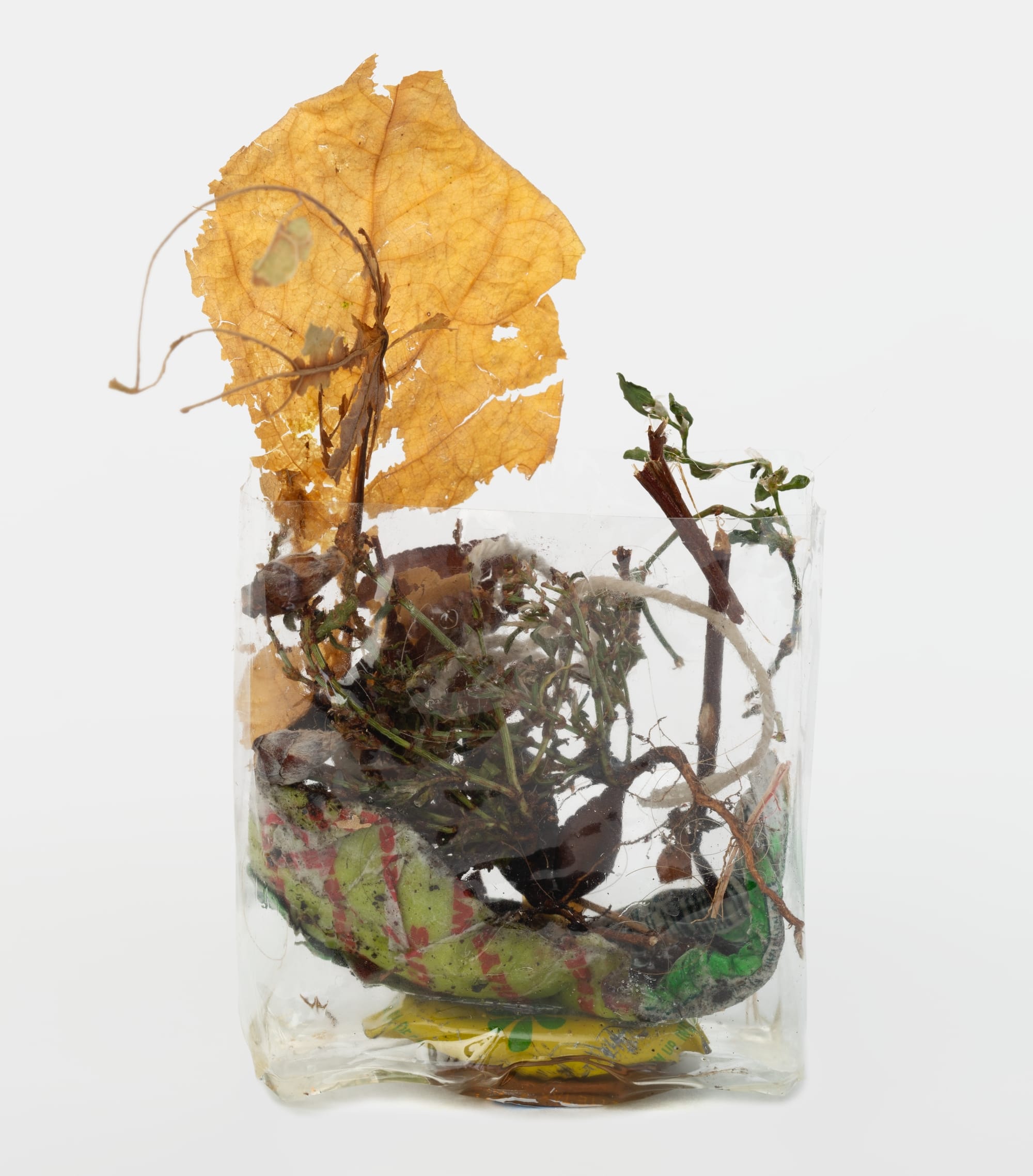
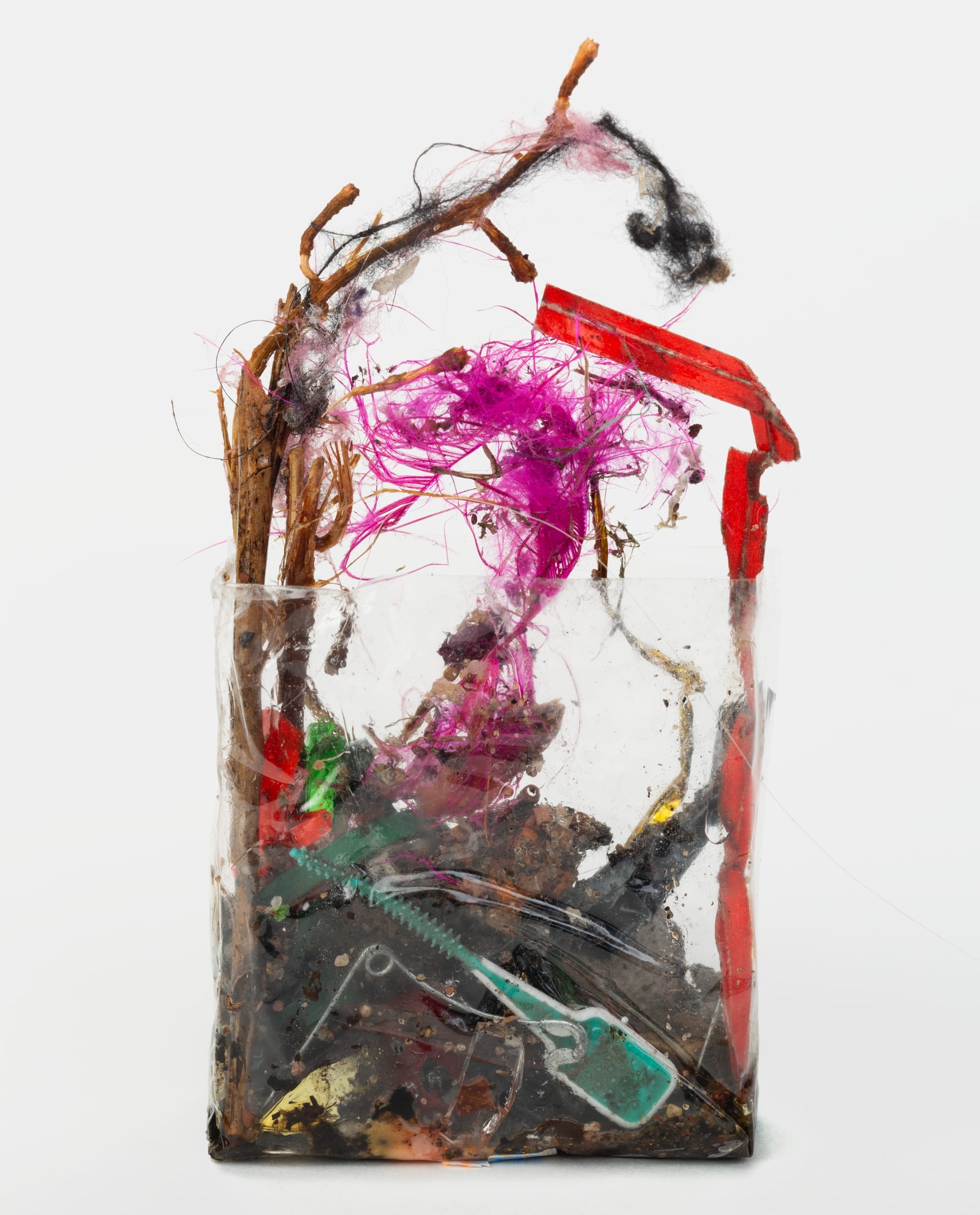
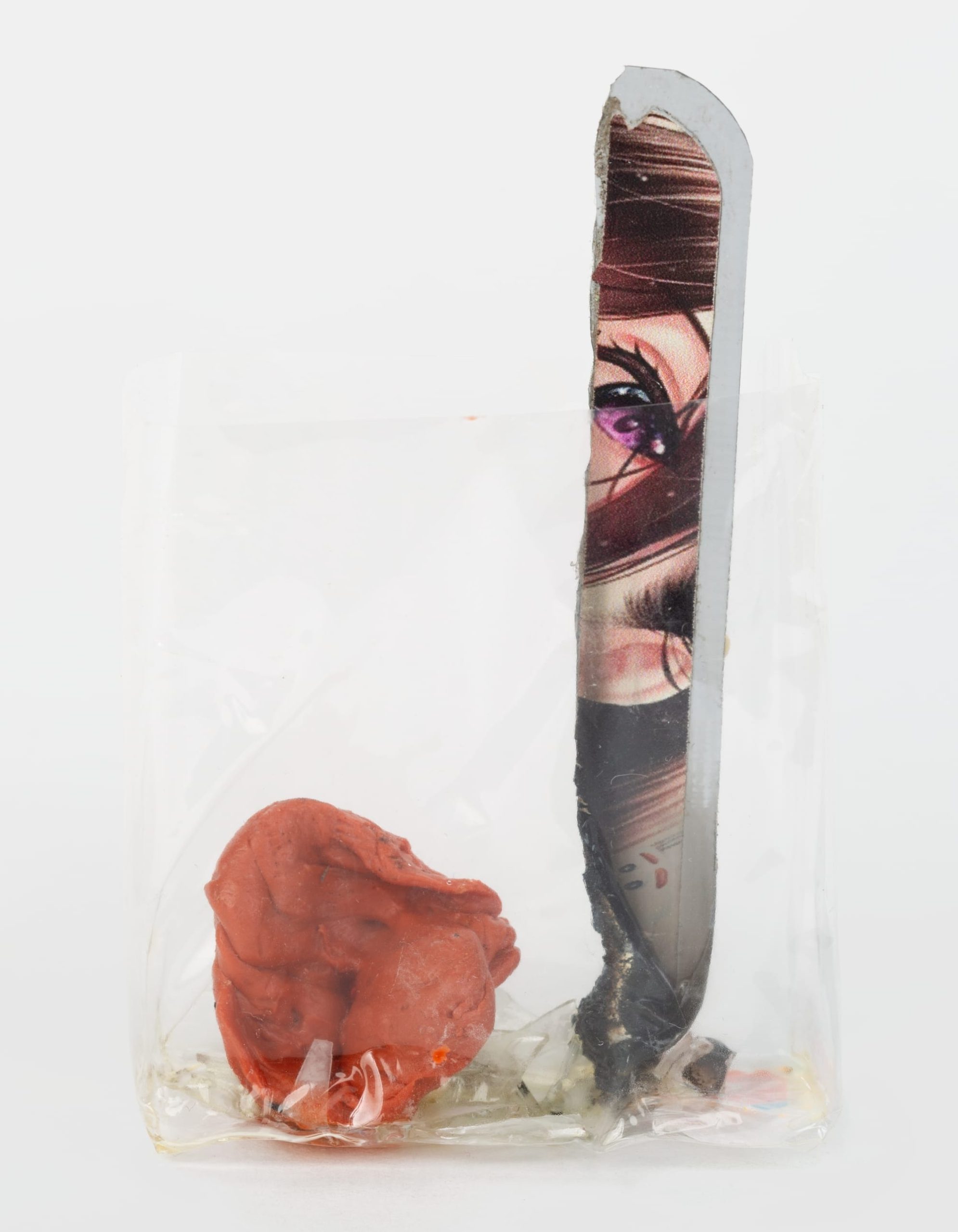
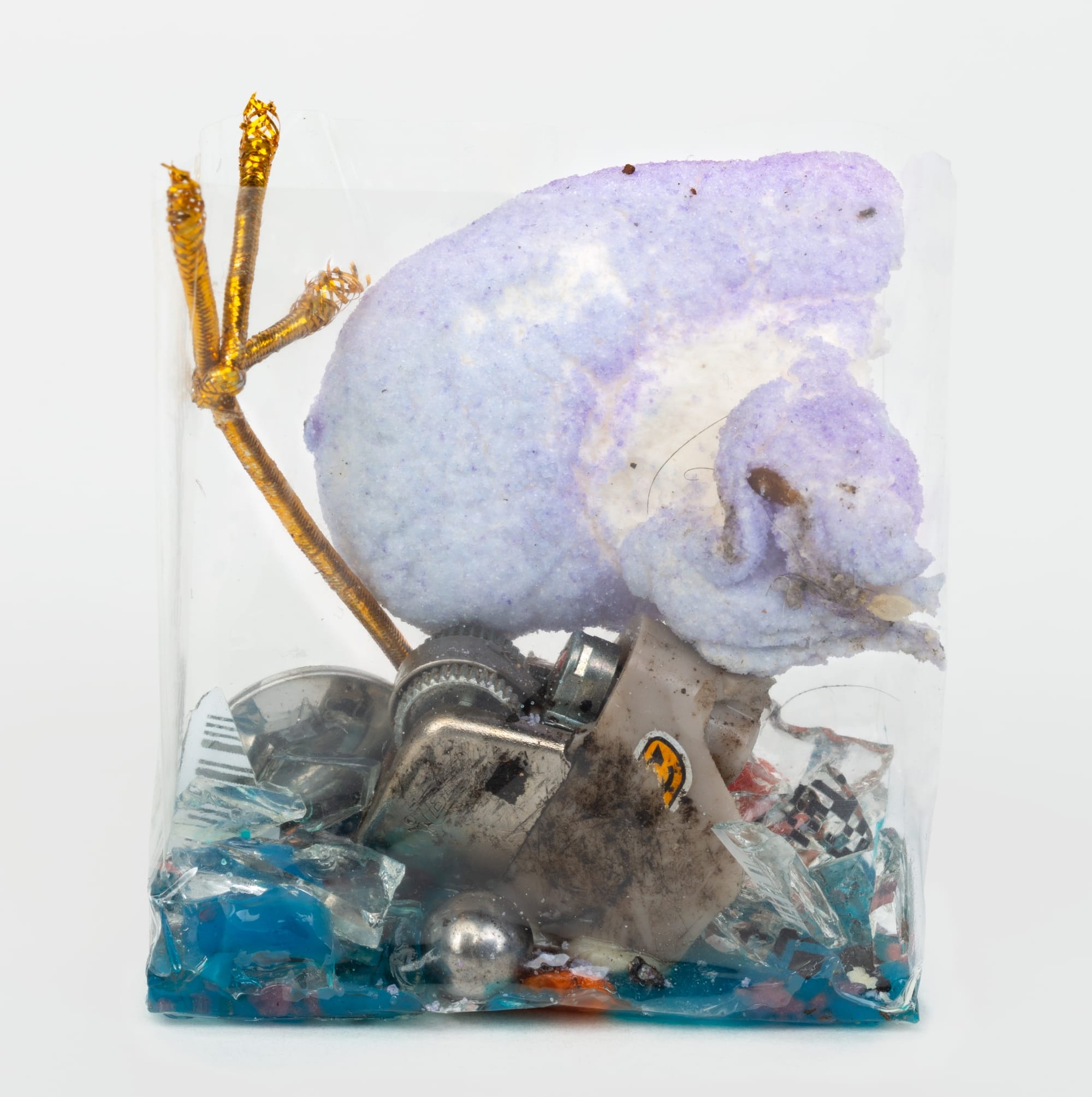
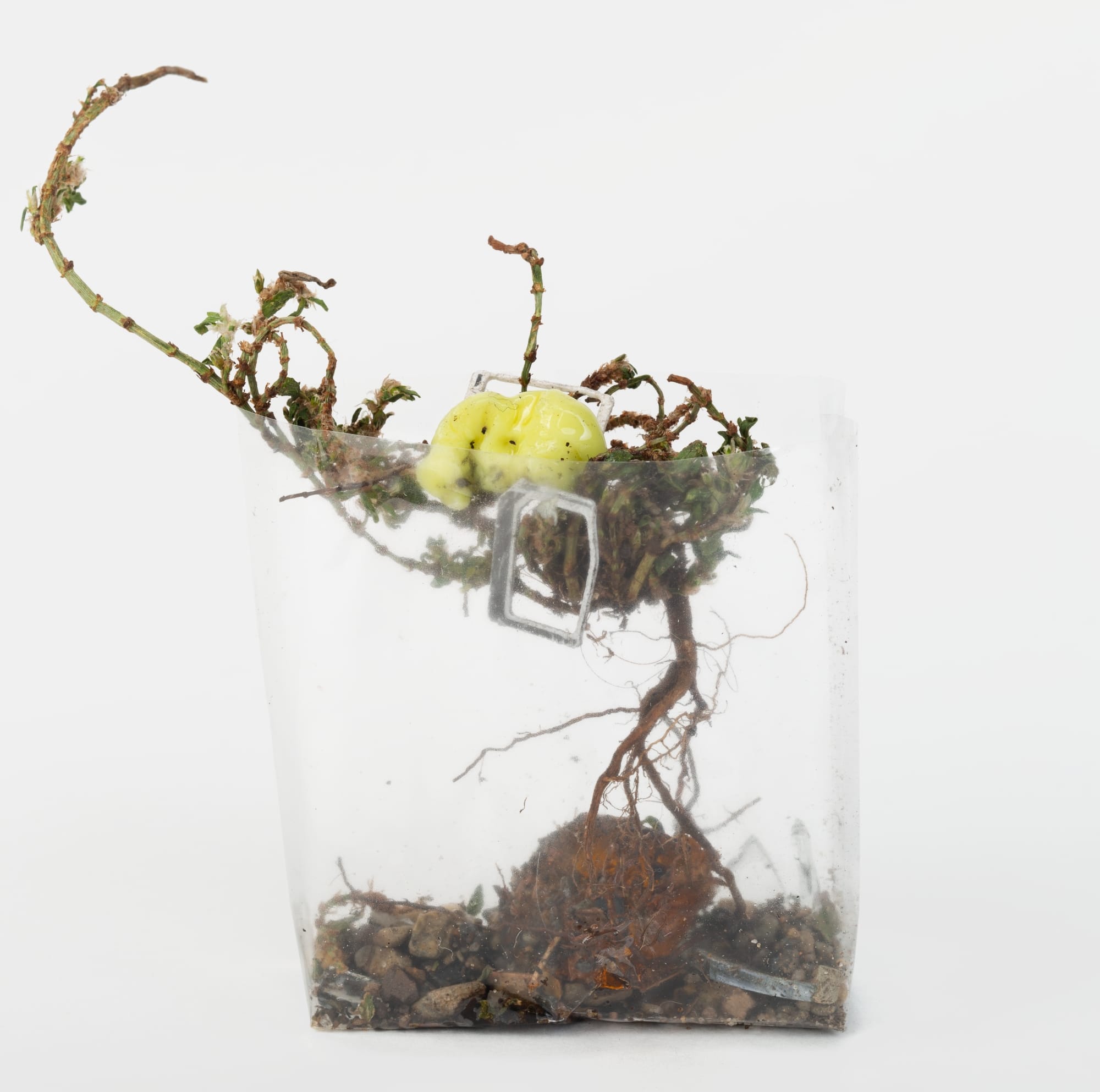
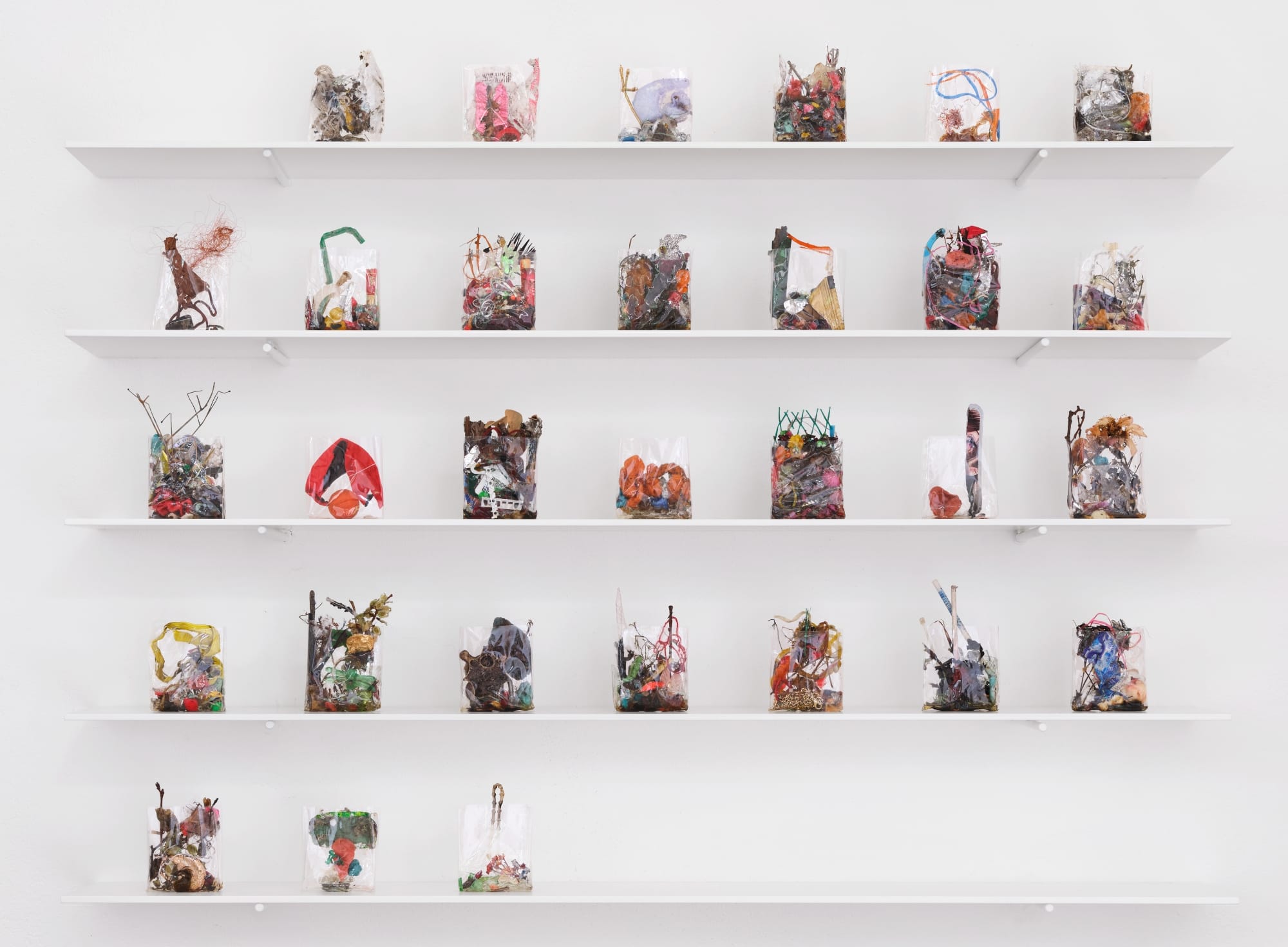
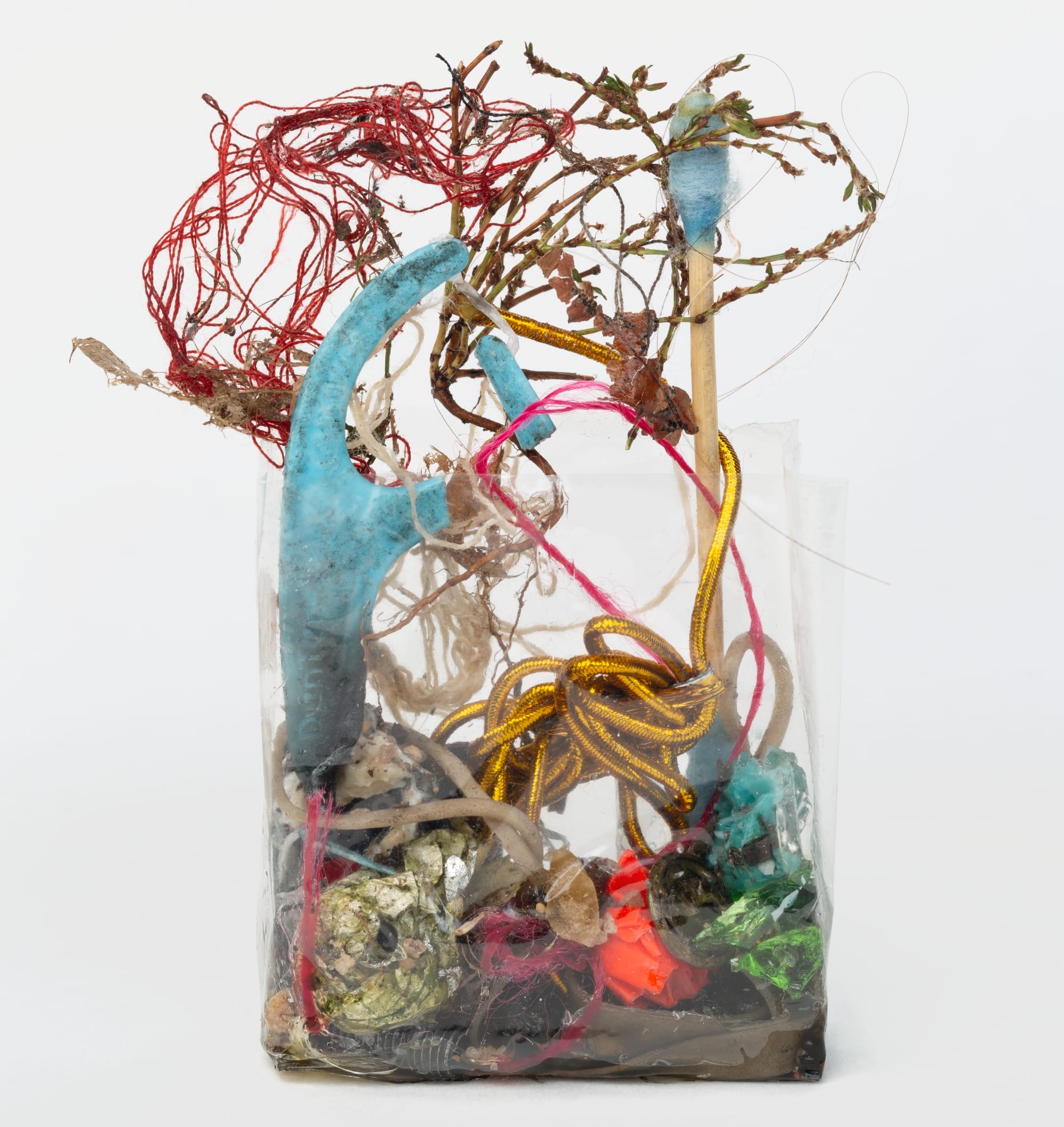
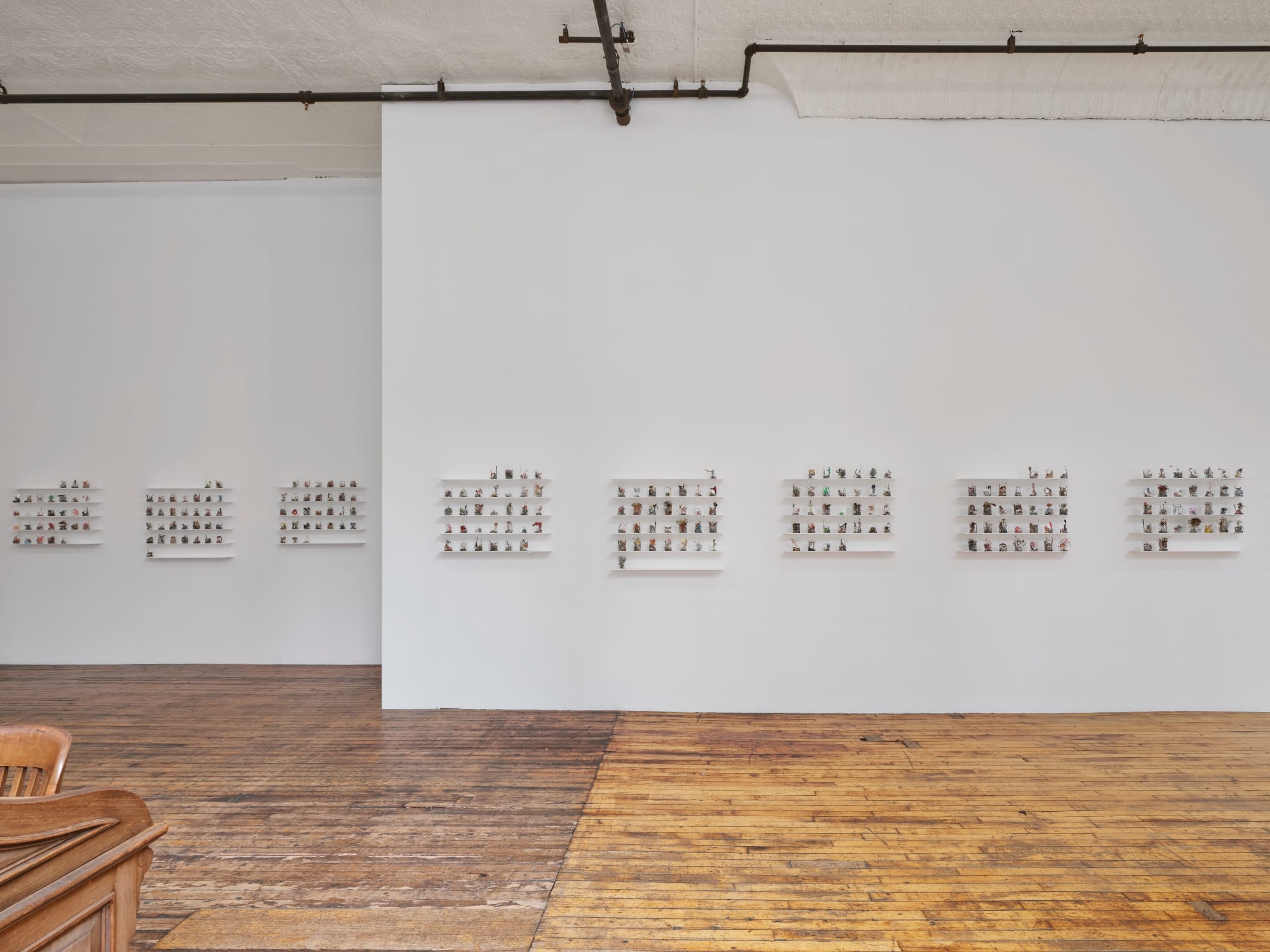
Do stories and artists like this matter to you? Become a Colossal Member today and support independent arts publishing for as little as $7 per month. The article Yuji Agematsu Arranges Street Debris into Tiny Daily Sculptures appeared first on Colossal.